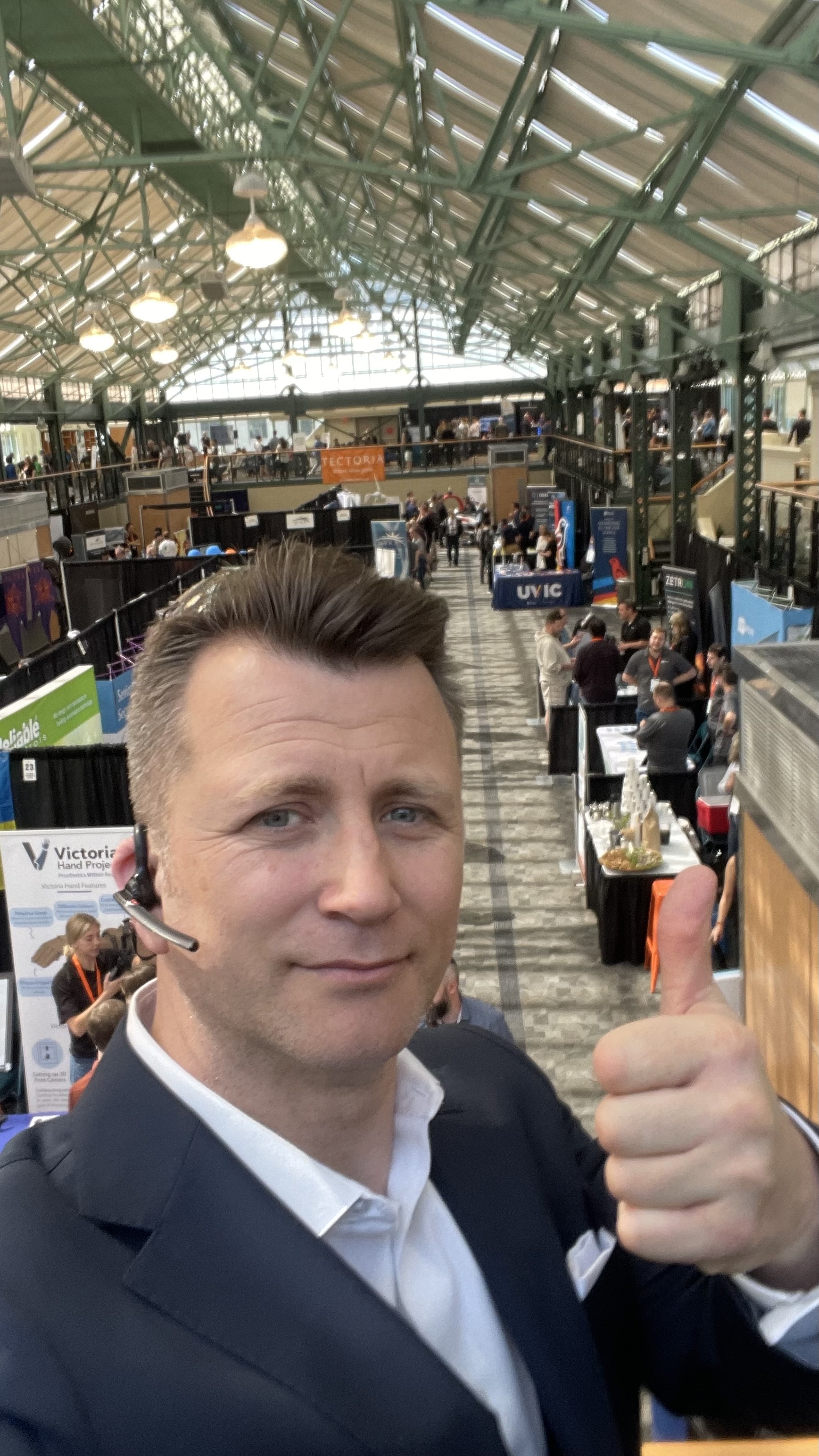Engaging with a Client
Purpose: Outline the initial approach to client engagement.
Content: Best practices for first meetings, communication strategies, and establishing rapport.
Questions for the Client
Purpose: Identify critical questions to understand the client's vision and requirements.
Content: Open-ended questions focusing on the client's goals, target audience, expected features, budget, and timeline.
Data Collection for Each Feature
Purpose: Specify the type of data needed for understanding each feature.
Content: Data types like user demographics, market analysis, and technical requirements for the calling and messaging features.
Information Collection for Each Feature
Purpose: Elaborate on the detailed information required for each feature.
Content: API integrations, hardware compatibility, and user interface requirements.
Handling Non-responsive Clients
Purpose: Strategies for proceeding when the client is unresponsive or unclear.
Content: Using industry benchmarks alternative research methods, reaching out to stakeholders.
Conducting User Research
Purpose: Detailing the approach for gathering user insights.
Content: Methods like surveys, interviews, focus groups, user personas, and usage scenarios.
Distinguishing Client Wants vs Needs
Purpose: Framework for identifying and prioritizing client requests.
Content: Techniques to differentiate between essential features and desirable additions, balancing business goals and user needs.
High-Level Timeline
Purpose: Outlining significant milestones and releases over 12 months.
Content: Gantt chart or timeline showing phases like planning, development, testing, launch, and post-launch support.
Top 10 Features with Dependencies
Purpose: Identify key features and their dependencies or constraints.
Content: Detailed list of features with associated technical, resource, or time dependencies.
Decomposing Features
Purpose: Break down each feature into manageable components.
Content: For each feature, list sub-features, tasks, and responsible teams or individuals.
Acceptance Criteria for a User Story
Purpose: Define clear criteria for evaluating whether a user story is complete.
Content: Specific, measurable criteria for one user story, demonstrating what success looks like for that feature.

Mark V. Smetanin
Product Portfolio Director @ CHM inc.
E-commerce, AdTech, SalesFunnels, ShortTermRentals, Property Management, SAAS, Communication models, API, Payments, Fintech.